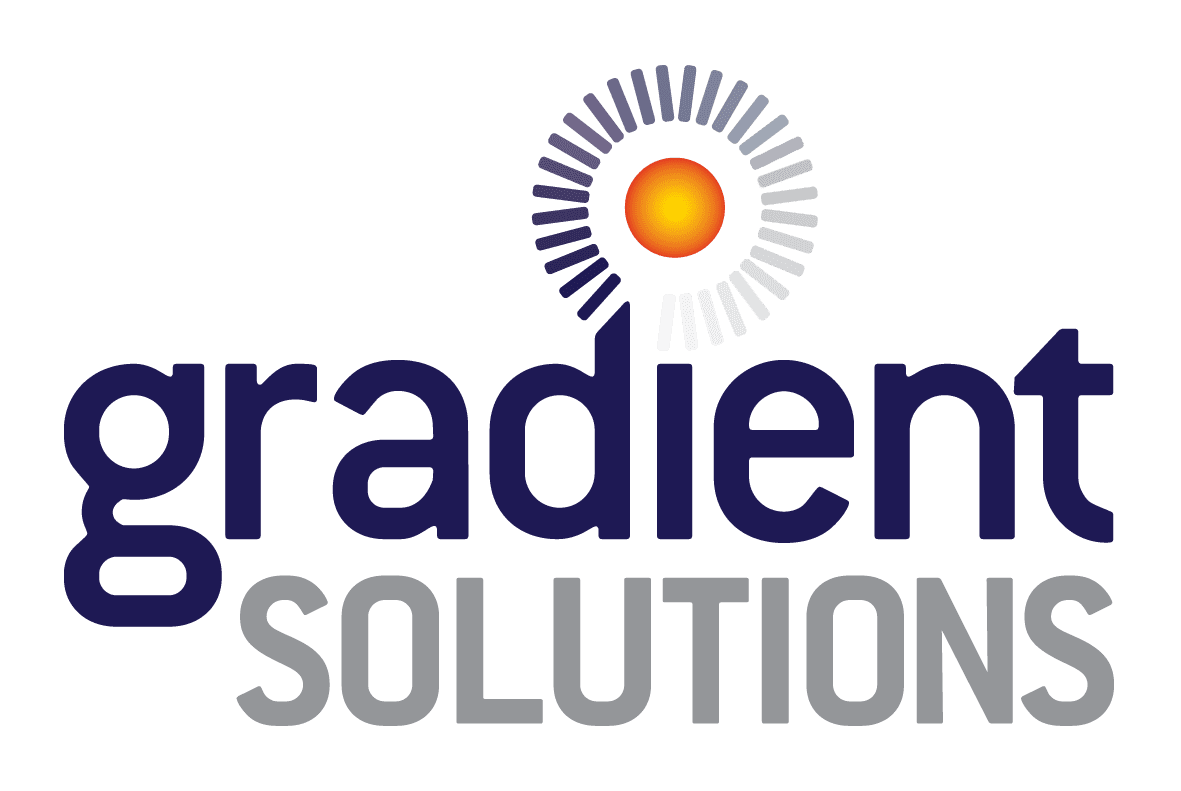The history of business ethics, internal control development, and risk management is filled with a focus on “tone at the top,” the “control environment,” and “culture.” Most Boards and Executives generally accept the importance of setting the right culture from the top to effectively achieve strategies, goals, and objectives, but drop down into the day-to-day operations of any organization and you may find that the connection between the “control environment” or “tone at the top” is a little more hazy.
Why is that the case? There is often more focus on completing tasks and achieving goals than making sure employees understand their importance and responsibilities within the environment or system they work within. Many training and onboarding approaches are designed in the same way with detailed desk reference guides, detailed process listings, and checklists. While these aren’t inherently bad or unneeded, they don’t speak to the overall fiduciary duty of an individual employee. An employee needs to understand not only the importance of internal controls (Internal controls are typically seen as tasks, checklists, or processes that help meet business objectives (theIIA.org)), but their purpose and the environment where the internal controls operate. This is where the concept behind fiduciary duty can be helpful.
Fiduciary duty can be defined as “acting in a way that will benefit another, usually financially” (law.corrnell.edu). In our view, fiduciary duty is an attitude most knowledge-based workers should carry into their roles. In a circular way (think an annoying Excel formula), the ability to have the right attitude as a fiduciary is directly impacted by an organization’s operating structures, communication, and culture. One of Gradient’s favorite author’s is Patrick Lencioni. In his original book called Three Signs of a Miserable Job (now renamed), he discusses a concept called “immersurement,” which he notes is not in the dictionary. Mr. Lencioni says this about the concept:
“Immeasurement essentially is an employee’s lack of a clear means of assessing his or her progress or success on the job. This creates ambiguity and a feeling of dependence on a manager to subjectively judge the employee’s daily or weekly or monthly achievement” (235-236).
Mr. Lencioni continues by adding that:
“Failing to link measurement to relevance is illogical and creates confusion among employees, who are left wondering why they aren’t measuring the most important parts of their jobs. Too often an executive will try to rally employees by giving them some macro objective…The problem here is that most employees have no direct impact on these things, certainly not on a daily basis” (236).
Employees exercise some fiduciary responsibility through their role in systems, processes, or internal controls. Internal controls are one of the mechanisms used by organizations to help shape culture, tone at the top, and ethics. While policies, processes, or systems can’t create good ethical and cultural environments, they certainly play a role in showing organizations the acceptability of certain behaviors. For effective internal control delivery to meet objectives, it is vital that employees understand their fiduciary responsibility and their place within the whole. Here are a few questions you can ask yourself:
· Are my internal controls, processes, policies, and checklists well documented, current, and easily understood?
· How are you ensuring that all employees (regardless of level) stay up-to-date on things that are important to their role?
· How do you know that employees feel confident that they understand their place in the organization and the value they bring to the entire team?
· Do you have systems in place to consistently provide feedback and input to employees on their roles and responsibilities? Do this occur more than annually?
· Do you provide training and development for employees on a recurring basis? Does the training cover their tasks as well as items relevant to their fiduciary duties and the overall organizational culture?
· If you don’t do some of these items well, would you be comfortable gathering you team and discussing how you could all improve in the systems and communication methods to help deliver excellent service and value to all stakeholders?
With a solid “Tone at the Top” and an employee base that truly understands their fiduciary role, your organization can move as one toward the ultimate objective… delivering quality service and exceptional value to all stakeholders.

